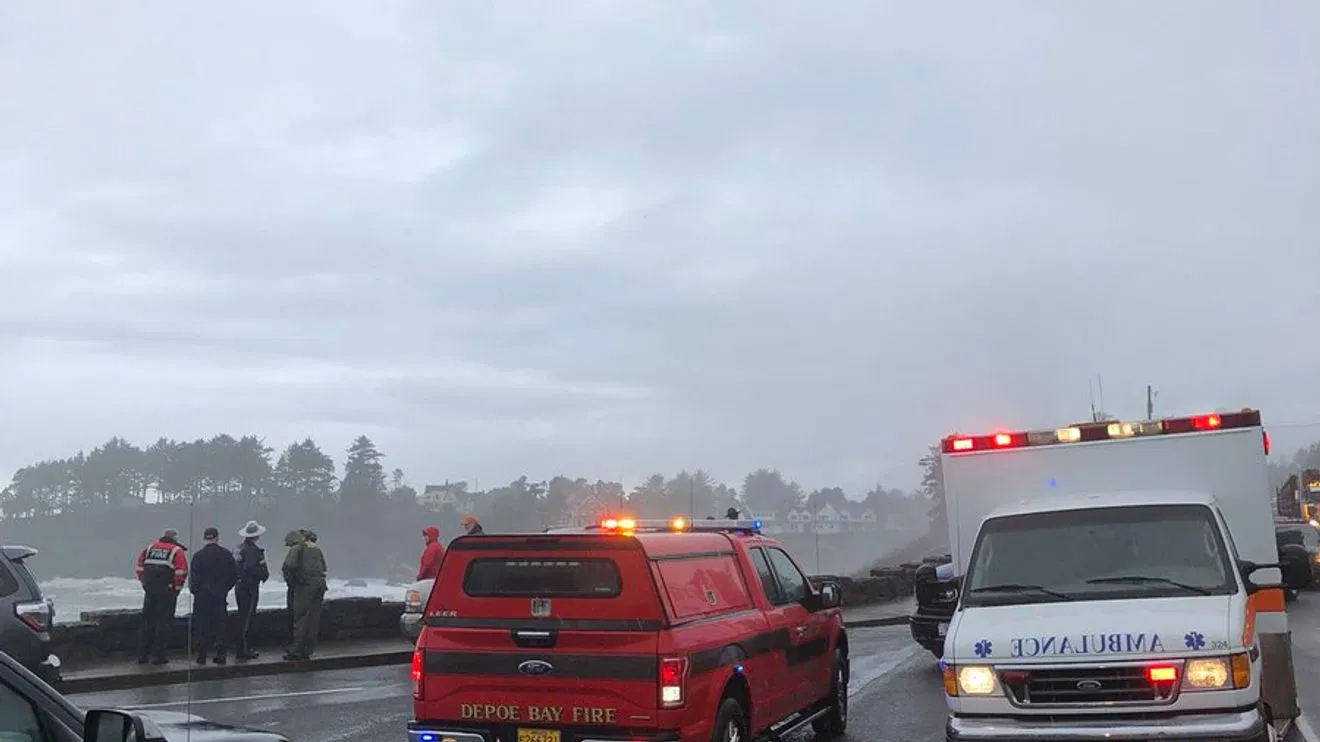ODFW Commercial Dungeness Crab Fishery Update:
The Oregon Department of Agriculture and the Oregon Department of Fish and Wildlife announce the closure of the commercial crab fishery from the north jetty of Coos Bay to Heceta Head, north of Florence, due to elevated levels of domoic acid in crab viscera. The area is also closed to recreational harvest. Crab meat remains safe for consumption. Domoic acid levels are elevated only in crab viscera, or the guts, of crab sampled and tested from this area of the Oregon coast. The closure is limited to that portion of the central coast. Areas south of Coos Bay and north of Heceta Head remain open to commercial crabbing. To protect consumers, all crab that has been landed from the closed area since January 25th and currently in the harvest process will have the viscera removed by ODA-licensed processors to eliminate the biotoxin before crab goes to market.
Crab fishermen will be allowed in the closed area over the next week to clear out their fishing operations, after which a full fishing prohibition goes into place in the closed area. ODA and ODFW will continue working closely with the Oregon commercial Dungeness crab industry to monitor the entire coast for domoic acid by testing crab and other shellfish. Additional samples will be tested and restrictions on Dungeness crab harvesting in the closed area will be lifted as domoic acid decreases to safe levels. Domoic acid is a naturally occurring biotoxin produced by marine phytoplankton or algae that grow and bloom during certain seasons. When the algae are in high numbers, the biotoxin they produce is eaten and concentrated by crabs and other species.
Eating shellfish that is contaminated with domoic acid can cause illness in humans within minutes to hours resulting in cramping, vomiting, and diarrhea. In severe cases, consumption can result in memory problems or even death. The toxin cannot be destroyed by cooking, adding baking soda, or any other method. Anyone experiencing these symptoms after eating seafood should contact a physician immediately. Fortunately for crab consumers, the majority of domoic acid resides in the internal organs– not the meat– and is effectively removed through “evisceration” (also known as “backing”) of the crab, to remove the internal organs. Despite the closure, all crab meat and shellfish products sold in retail markets and restaurants remain safe for consumers; whole cook crab are safe, once they have been eviscerated. For more information, call ODA’s shellfish safety information hotline at (800) 448-2474 or visit the ODA shellfish closures web page at <http://www.oregon.gov/ODA/
